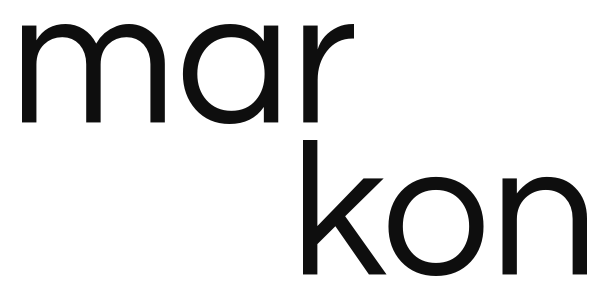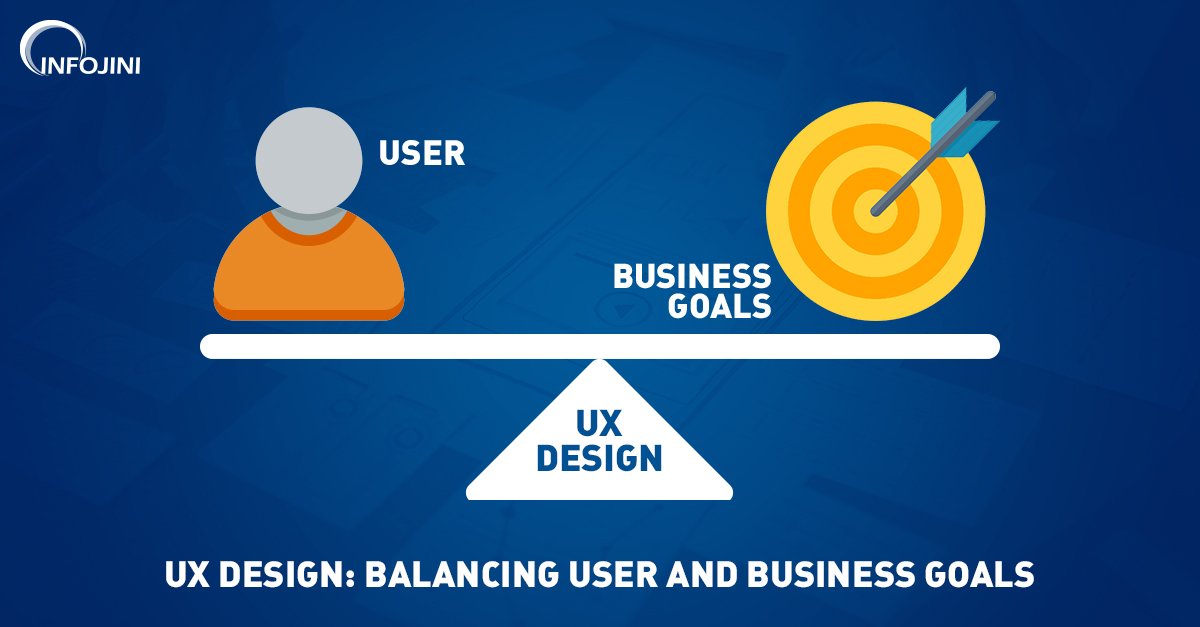Simple reasons why you should consider both marketing and user experience (UX) design at the same time
This article was first published in the downloadable first issue of markonmag. The article has since been updated and expanded upon by Nicole Rachel Kwan.
You might be wondering why there’s a UX Design article in a marketing magazine. Let me convince you why UX Design is the new marketing skill of the future.
What is User Experience (UX) Design?
It is the planning and crafting of a user’s experience when using a product. We learn about our users’ needs and desires, and convert that into improvements that will be made to the product itself.
This is done with the overarching goal of improving their overall experience.
“How do we even know what our users’ needs and desires are?”
UX Research is the foundation of UX Design. User interviews, phone calls, customer service logs, and surveys are just a few sources of information a UX Designer can use to uncover what’s important to their users.
With the findings, UX Designers then incorporate improvements or features into the products through a design and development phase.
Want to make a guess what is after this step? More research! (yay~)
User testing and usability testing have to be done to see if the user understands the changes and if the design changes do achieve the intended outcome.
The results from this step then bring about iteration and changes to the design. Most of the time, multiple rounds of iterations will have to be done.
Is UI/UX marketing?
Here’s the short answer: No 🙅♀️
UX is about designing the product - whether it’s a website, an application, or something else entirely - for usability, and making it user friendly.
On the other hand, marketing is about communicating the benefits of your product, creating awareness, and driving conversions.
However, it’s important for UI/UX Designers and Marketers to collaborate to improve customer satisfaction - we’ll delve further into this later.
Marketing and UX Design have two intersections: they’re both research-driven, and both place emphasis on the audience’s behavior and psychology.
What is common between Marketing and UX Design?
As Khai Sheng wrote in his article on the role of Market Research Analysts, it’s explicit that Marketing’s foundation is research on consumer behaviors, spending patterns, etc.
Similarly, UX Design is supported by UX Research - conducting user reviews, reviewing documentation, or looking at analytics reports. Between UX Research and Marketing Research, the research techniques are indeed the same, with slight differences in their objective.
Both Marketing and UX Design objectives are to cater to their audiences’ needs and desires. To achieve that, they need a great understanding of psychology in order to deliver this value.
Both would require a great understanding of how to utilize various elements (like pricing, colors, imagery) to evoke a certain social, economic, or even emotional response.
What’s different is that Marketing generally applies it to a campaign while UX Design applies it to a product.
What is the difference between Marketing and UX Design?
1) Conversion versus User Experience
The first difference between marketing and UX design is their ultimate goals.
Marketers aim to help drive sales and conversion, through marketing strategies and various campaigns. On the other hand, the aim of UX designers is to design an interface that provides a good, engaging experience.
Since marketing aims to improve the company’s bottom line, marketing goals may sometimes result in bad user interfaces known as ‘dark patterns’, which aim to trick people into purchasing things or signing up for a newsletter unknowingly. However, when UX design is used to build great products, users tend to engage with it more or purchase more of the product.
For example, ESPN listened to their fans and incorporated their ideas into their redesign.
They added personalization, allowing users to set preferences. Future visits to the site would display content relevant to these preferences. As a result, they saw a 35% increase in revenue!
2) Broad trends versus User Behavior
The second difference is the data and numbers that UX designers and marketers use.
Marketers tend to use a large volume of data to understand trends and patterns across several segments. In comparison, UX designers focus on individual behaviors and how people actually use a product.
An important concept in conducting UX research is understanding the difference between what people report about their behavior in surveys, and what they actually do.
This requires UX researchers to have a deeper understanding of users’ behaviors as compared to marketers.
As such, UX research uses many more qualitative research methods, such as usability testing, to gain insights into true user behavior.
Why is UX important in marketing?
Imagine you’ve Googled something on your phone - say, a recipe for an oat milk matcha latte - and you clicked on one of the results.
Just as you begin scrolling to the ingredients section, you get a pop-up: ‘Sign up for our weekly newsletters!’ You search for the [x] button to close the ad and finally notice a tiny gray button at the corner of the white background.
You click it. Another pop-up appears, offering you 10% off oat milk if you sign up for the newsletter.
You exit the page and go back to the search results. The oat milk brand has lost a potential customer.
This demonstrates the first main difference we highlighted above - the different interests of UX and marketing. While marketing aims for conversion, the concern of UX is to improve the customer experience.
It’s important for the business to pull their customers through the marketing funnel, starting with the newsletter in this case. However, it’s also important to make sure you’re not losing your customers - or potential customers - to bad UX.
That’s why marketers and UX designers have to work together: developing a user-focused interface for good user experience results in customer satisfaction.
According to this article on Medium.com, nearly three-quarters of companies surveyed reported improved customer satisfaction and usability through design.
Research from the Design Management Institute (DMI) has also shown that companies that invested in design outperformed the S&P on the stock market.
What does UX mean in digital marketing?
Digital marketing uses a variety of online platforms, such as websites, mobile applications, and social media platforms, to pull customers through the marketing funnel.
The application of UX in the field of digital marketing is most relevant to the brand’s website, application, or email campaigns. UX designers in digital marketing focus on developing the interfaces of these platforms to provide an excellent user experience.
For example, UX would be important in optimizing a company’s website for search engine optimization. Google takes more than 200 factors into their ranking of search results, and usability and user experience is one of them.
Hence, a UX designer might work with the digital marketing team to improve the website’s usability in order to rank higher on search engine results pages. They might do so by speeding up the loading speed of the website or improving navigation around the site.
How has my Marketing experience benefited me in UX Design?
Most UX and Product Designers I have encountered come from different backgrounds ranging from engineering to visual arts.
Being from SMU, most of our modules are business-centric so it makes it easier to understand the company’s business needs.
One key memory during my stint at Changi Airport Group with the Marketing Communications division was how I had to constantly ask: “How do these efforts lead to revenue?” I can be fantastic with engagement and awareness, but if that does not translate to sales, any business would still suffer.
UX requires a good balance of user needs and business needs
I’ve done my fair share in Marketing Research and Analytics in my previous stints at Nestlé as Brand Marketing and at Twitter as Ad Performance Analyst, allowing me to focus on certain crucial metrics even when presented with huge sets of data. The key is being able to translate data into important insights.
However, one quote that I was told really set apart my experience in Marketing and UX Design:
“Always check back with the users themselves and keep improving and improving from there.”
How can I get started to learn more about UX Design in SMU?
If you really want to get started on UX Design, I would recommend the following four SMU courses:
MGMT318 - Design Thinking and Innovation
Design Thinking Process is generally the foundation of UX Design and one of the reasons that I got started on this path in the first place!
IS211 - Interaction Design and Prototyping
This is a condensed introduction to what a UX Designer does. To non-Information System students, do not be frightened! No coding is required and it can be cleared as a Business Option.
MKTG225 - Customer Relationship Management
This provides a greater understanding of how to translate your data and insights into actionables. This is a great next step after taking the two core Marketing modules (MKTG102 Consumer Behavior and MKTG103 Marketing Research)
COMM255: Interaction Design Communication
This course introduces you to user experience concepts and practices, through using the double diamond process of UX designing:
Discovering pain points through user research
Defining the problem, developing low-fidelity prototypes and mockups
And finally choosing a solution and developing high-fidelity prototypes
In the project, you will go through the entire process to develop an interactive prototype.
UX and Marketing: The ultimate combination for success
User experience and marketing may seem like two different functions with different goals.
However, I hope that this article has shown how important it is for UX and Marketing to work together to achieve customer satisfaction, and ultimately drive revenue!
Hope this provided a better understanding of UX Design (and no, you don’t have to be fantastic at designing to pursue). Want to learn more, let’s catch up over coffee! ☕️
LinkedIn: www.linkedin.com/in/nicole-ng-yw
Twitter: twitter.com/nicolengyw


